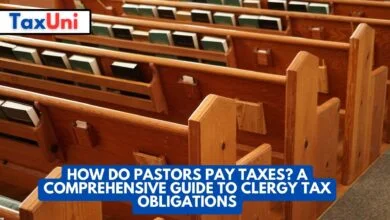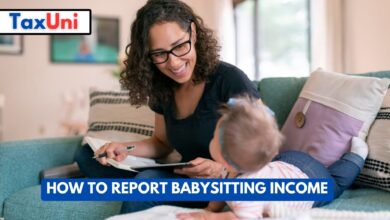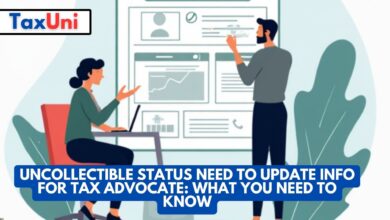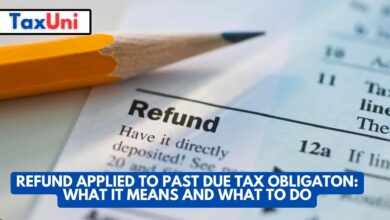Pub 590-b
The IRS publication Publication 590-B, Distributions from Individual Retirement Arrangements (IRAs), is an essential source of information on the tax rules for IRA withdrawals. It also explains penalties and additional taxes that may be assessed if the rules are not followed properly. Here's an overview of IRS Pub 590-b.
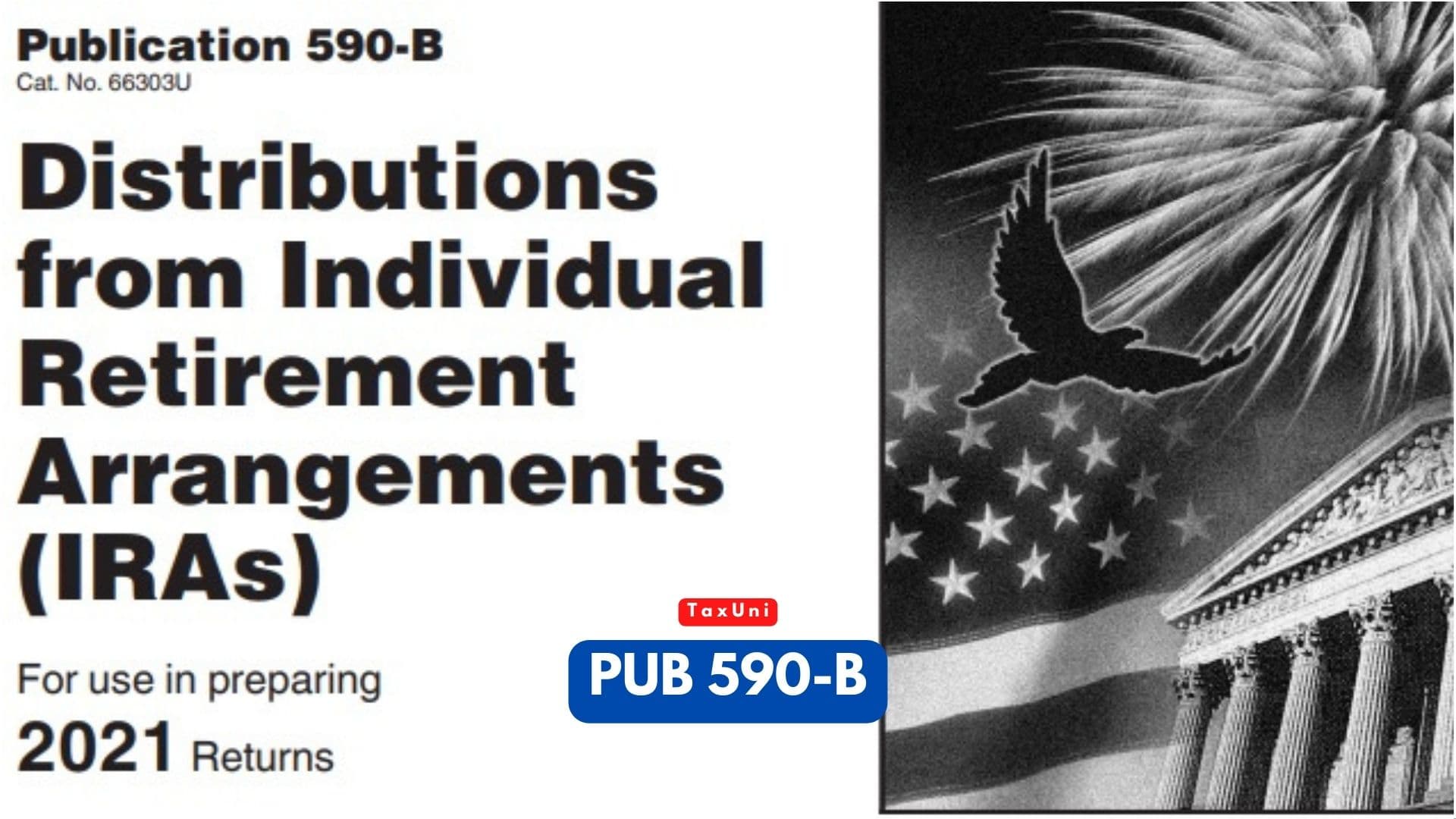
Pub 590-b is an IRS publication that provides the rules for taxing distributions from IRAs. Generally, distributions from traditional IRAs are taxable as income. However, there are exceptions to this rule. For example, you may be able to recharacterize a taxable contribution into a non-taxable amount by rolling it over into another type of IRA. In addition, the recent passage of SECURE Act 2.0 eliminated the 10% early distribution penalty previously assessed on IRAs.
Pub 590-b is the IRS publication that sets forth the rules and exceptions for treating IRA contributions. Generally, taxable distributions from your IRA are subject to a 10% early distribution penalty unless you have one of the exceptions listed in the publication. In addition, if you have an IRA that is partly taxable because you made a taxable contribution and then rolled over non-taxable amounts into the same IRA, you may be able to change the way your IRA is treated by recharacterizing it. See pub 590-b for more information, or contact your tax professional for help.
Pub 590-b Distributions from IRAs
Publication 590-b is the IRS publication that explains how to take distributions from an IRA, including when and how much. It also includes rules and regulations on IRA disbursements and penalties for breaking the laws.
Required Minimum Distributions (RMDs): When you reach age 70 1/2, you must start taking RMDs from your IRA or pay a 50% tax penalty. The amount of your RMD is based on several factors, such as your age and health and the type of account you own.The amount of your RMD can be withdrawn for medical costs, disability expenses, higher education expenses, or to buy, build or rebuild a first home. However, some early distributions may trigger a 10% tax penalty.
Qualified Charitable Distribution: You can contribute directly from your IRA to a qualified charitable organization and receive a tax-deductible deduction for the contribution. You must be at least 70 12 when you make the contribution, and your IRA must be owned by you or your spouse. The SECURE Act of 2019 eliminated the so-called “stretch IRA” rule, which allowed inherited IRA owners to receive distributions over many years. However, it did not address the issue of annual withdrawals from inherited IRAs.
In addition to RMDs, pub 590-b also discusses other types of disbursements that you can take from your IRA. These include first-time homebuyer tax penalty exceptions, health insurance premiums for unemployed individuals and other allowed disbursements. As an IRA owner, you must take an annual RMD of at least a certain amount from your IRA, or you can pay a 50% tax penalty on that amount. These RMDs are calculated based on your life expectancy and the value of your account at the end of the year.
For example, if you are 65 years old and your IRA has a value of $500,000, you must start taking your first RMD by April 1 of the year after your 72nd birthday. In May 2021, the IRS issued a revised publication that clarified this rule. Previously, the interpretation of this rule was unclear, particularly for non-spousal beneficiaries.

Do I Have to Report Home Sale to IRS?
Selling your home is an important life event. It can bring you a major cash windfall, but it may also cause some unexpected tax problems. The good news is that you don’t have to report the sale of your house to the IRS if it qualifies for the exclusion of gain from your income. However, if you received a 1099-S from the title company that handled your home sale, you do have to report it. You can exclude your gain from your income if you or your spouse has owned and lived in your main home for at least two of the last five years. If you meet this requirement, your taxable gain is limited to the amount that exceeds your exclusion.
If your main home is used for non-qualified purposes (e.g., you sell your main home to use it as a vacation or rental property), your gain isn’t excludable. This includes periods of non-qualified use since 2008, except for a number of exceptions. If you can’t exclude your gain from your income, report it on Form 8949. You should also include part of any interest you receive from the buyer as ordinary income on your Form 1040 or Form 1040-SR.
